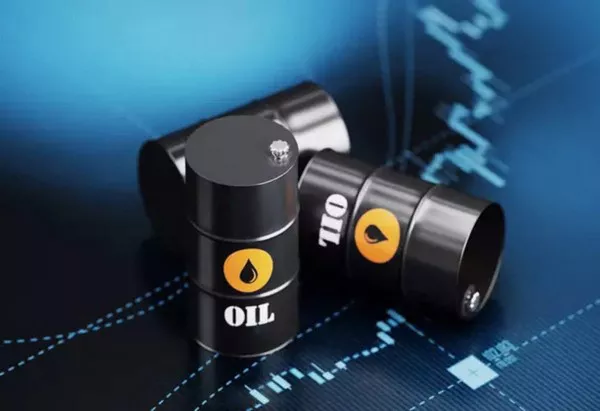Trading oil futures can be a lucrative venture for investors looking to capitalize on the volatility and potential price movements in the energy markets. With the advancement of online trading platforms, such as thinkorswim, accessing and trading oil futures has become more accessible than ever.
Setting Up Your Account
Registering on thinkorswim
To get started, visit the thinkorswim website and create an account. Provide the required information, complete the verification process, and log in to your newly created account.
Funding Your Account
Once logged in, navigate to the funding section and deposit funds into your trading account. Having sufficient capital is essential for trading oil futures effectively.
Navigating the Platform
Interface Familiarization
Upon logging in, take some time to explore the thinkorswim platform. Familiarize yourself with the various sections, such as watchlists, charts, and the trade tab. Understanding the layout will make navigating the platform easier during your trading journey.
Adding Oil Futures to Watchlist
In the watchlist section, search for oil futures contracts. For instance, you might look for popular contracts like WTI (West Texas Intermediate) crude oil or Brent crude oil. Add these contracts to your watchlist for quick access.
Conducting Research
Analyzing Market Data
Utilize the powerful charting tools on thinkorswim to analyze historical price data, candlestick patterns, and technical indicators. This research will help you make informed trading decisions based on market trends.
Staying Informed
Stay updated with the latest news and developments in the oil markets. Events such as OPEC decisions, geopolitical tensions, and supply-demand dynamics can significantly impact oil futures prices.
Placing a Trade
Selecting an Oil Futures Contract
Navigate to your watchlist and choose the oil futures contract you wish to trade. Click on the contract to view more details and access the trading interface.
Choosing Order Type
Select your preferred order type. Common options include market orders, limit orders, and stop-loss orders. Each order type has its advantages, so ensure you understand how they work before proceeding.
Specifying Quantity
Enter the quantity of the oil futures contract you want to trade. Keep in mind that each contract represents a specific amount of oil barrels, so adjust your quantity accordingly.
Setting Price Levels
For limit orders, specify the price at which you are willing to buy or sell the contract. If you opt for a market order, the trade will be executed at the current market price.
Managing Your Trades
Monitoring Positions
Once your trade is executed, monitor your open positions in the Positions tab. Here, you can track profits, losses, and overall performance.
Implementing Risk Management
Consider setting stop-loss and take-profit orders to manage potential losses and secure profits. These orders automatically trigger when the price reaches your specified levels.
Conclusion
Trading oil futures on thinkorswim provides an exciting opportunity to engage with the dynamic energy markets. By following this step-by-step guide, you can confidently navigate the platform, conduct thorough research, and execute trades with precision. Remember that successful oil futures trading requires a combination of market knowledge, strategy, and discipline. As you gain experience, continue learning and refining your trading approach to maximize your potential for success in the world of oil futures trading.

